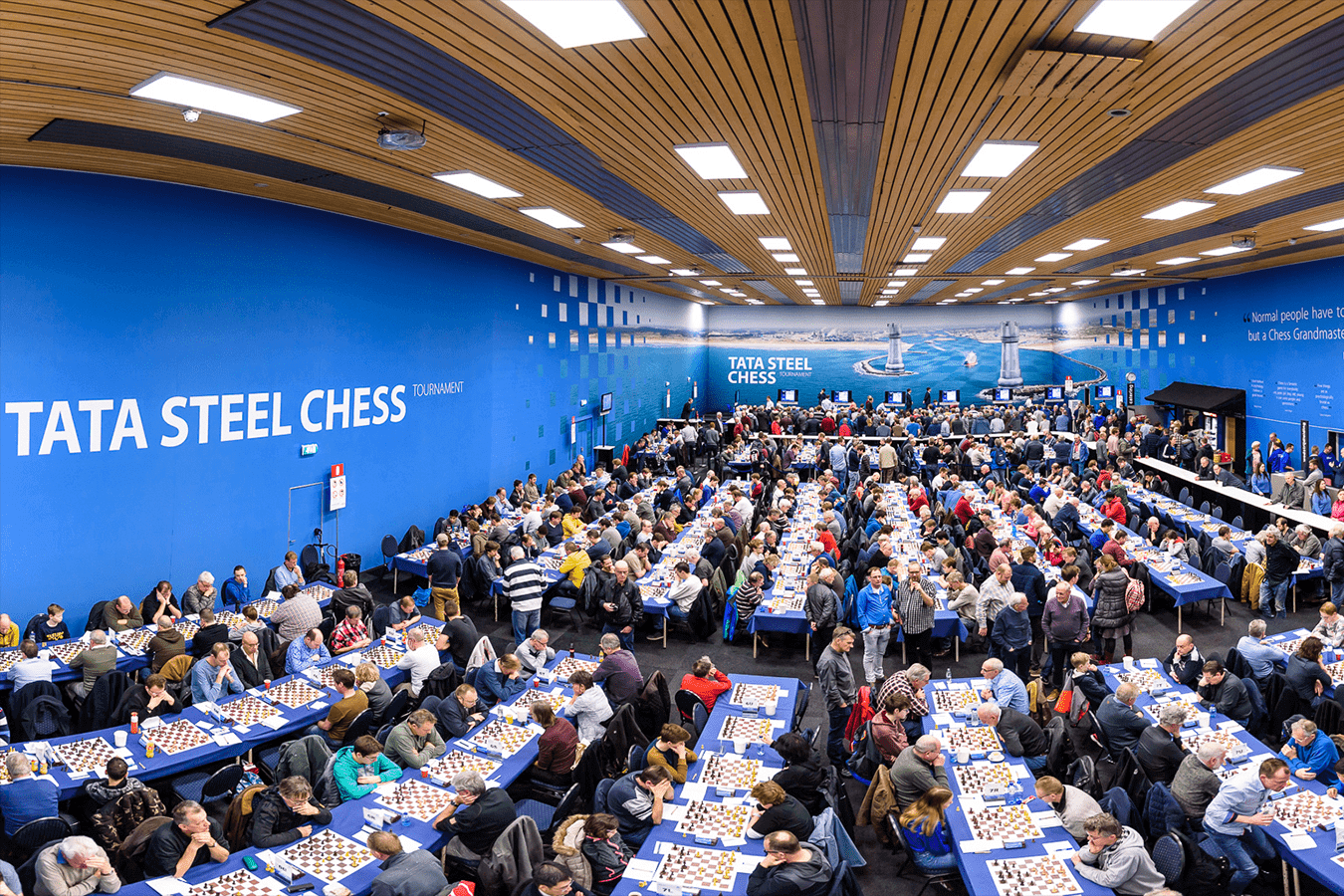No products in the cart.
Chess News, Events & Blogs
The Evolution of Chess as a Competitive Sport
Chess has come a long way since its origins in ancient India. From being a game enjoyed by nobility to now a global phenomenon, chess has evolved into a highly competitive sport with professional players, world championships, and millions of fans around the world. In this article, we will explore the history of chess as a competitive sport and its rise in popularity. We will also take a closer look at some of the major players and events that have helped shape the game into what it is today. Whether you’re a seasoned chess player or simply curious about the game’s fascinating history, join us as we delve into the evolution of chess as a competitive sport.
Table of Contents
The Origins of Chess as a Competitive Sport
Chess has a long and rich history as a competitive sport. The origins of chess as we know it today can be traced back to the sixth century in India, where it was known as chaturanga. Over time, the game spread to Persia and then to the Arab world, where it became known as Shatranj. By the Middle Ages, chess had made its way to Europe, where it underwent significant changes to its rules and gameplay.
The first recorded chess tournament took place in 1575 in Madrid, Spain, and it was attended by some of the best players of the time. The popularity of chess as a competitive sport continued to grow throughout the centuries, with numerous tournaments being held in different parts of the world. In the late 19th and early 20th centuries, the modern system of rating players and organizing tournaments was established, leading to even greater interest in the sport.
Today, chess is recognized as a serious and highly competitive sport, with players from around the world competing at the highest levels. The game has also become more accessible to a wider audience, with online chess platforms and streaming services making it easier for anyone to follow and enjoy the sport.
Chess and The Evolution of Tournaments
The first modern chess tournament was held in London in 1851, and it was organized by Howard Staunton, one of the strongest players of the time. The tournament attracted some of the top players from around the world, including Adolf Anderssen, who went on to win the tournament and become the unofficial world champion.
After the success of the London tournament, more and more chess tournaments began to be organized throughout Europe, and eventually around the world. In 1886, the first official world championship match was held between Wilhelm Steinitz and Johannes Zukertort in the United States. This marked the beginning of a new era in chess, where the game became a highly organized and competitive sport.
As chess tournaments became more popular, the rules and regulations governing them also evolved. Today, tournaments are typically played using a Swiss system, where players are paired against opponents with a similar score. The top players then advance to the knockout stages of the tournament, where they compete in a series of matches until a winner is determined.
The evolution of chess tournaments has helped to turn chess into a highly competitive sport, with players from around the world competing for titles and prize money. The popularity of the game continues to grow, with millions of people playing online and in person, making chess one of the most enduring and beloved games in the world.
How Technology is Changing The Face of Competitive Chess
Technology has changed the face of competitive chess in several ways. The internet has made it possible for players from all over the world to compete against each other without leaving their homes. Online chess platforms like Chess.com and lichess.org offer players the chance to play against opponents of similar skill levels and participate in tournaments and leagues. In addition, computer programs like ChessBase and Stockfish have become powerful tools for analyzing games and developing strategies. Players can use these programs to study their opponents’ games, test different openings and tactics, and improve their overall gameplay. Another way technology has influenced chess is through the use of digital clocks. Digital clocks were first introduced in the 1970s and have since become a staple of competitive play. Digital clocks make it easier to keep track of time and avoid disputes, ensuring that matches run smoothly and efficiently. Moreover, live streaming and online broadcasting have made chess tournaments more accessible to fans around the world. Platforms like Chess24 and Twitch allow fans to watch live games, comment on the action, and interact with other fans and players. Finally, artificial intelligence (AI) has made a significant impact on competitive chess. The development of powerful chess engines like AlphaZero and Leela Chess Zero has changed the way players approach the game. These engines can analyze millions of positions in seconds and provide insights into the game that were previously impossible to obtain. Some players have even incorporated AI into their training regimens, using the engines to analyze their games and develop new strategies.
Chess and Gender Diversity: Progress and Challenges
Chess has traditionally been dominated by men, but in recent years there has been increasing focus on promoting gender diversity in the sport. While progress has been made, there are still challenges to overcome.
Historically, women have been underrepresented in chess. This is partly due to cultural and societal norms that have limited women’s participation in competitive sports. In addition, there has been a lack of role models and support systems for women in the chess community. However, in recent years, there have been efforts to promote gender diversity in chess. This includes initiatives to encourage more girls and women to take up the sport, as well as efforts to provide support and opportunities for female players. One such initiative is the Women’s World Chess Championship, which has been held since 1927. This event provides a platform for female players to showcase their skills and compete against one another. Another initiative is the creation of all-female chess teams and tournaments, which provide opportunities for female players to compete against other women and gain valuable experience and exposure.
Despite these efforts, there are still challenges to overcome in promoting gender diversity in chess. One challenge is the lack of resources and funding for women’s chess programs, which can limit opportunities for female players to train and compete. In addition, there is still a gender pay gap in chess, with female players typically earning less than their male counterparts. This disparity can make it difficult for female players to earn a living from the sport and can discourage them from pursuing a career in chess.
The Role of Chess in Education and Community Development
Chess is not just a game; it is also an educational and community-building tool. For centuries, chess has been used as a means to teach problem-solving, critical thinking, and decision-making skills. In recent years, its popularity as an educational tool has skyrocketed, with chess programs being implemented in schools and community centers all over the world.
Chess has been shown to have a positive impact on student’s academic performance. Studies have found that students who play chess regularly score higher on standardized tests, have better concentration and memory skills, and are more likely to graduate from high school and attend college. Chess has also been used as a therapeutic tool to help individuals with disabilities, behavioral problems, and mental health issues. In addition to its educational benefits, chess also has the power to bring communities together. Chess clubs and tournaments provide a space for people from all walks of life to come together and share a common interest. Chess has been used as a tool to promote social inclusion, especially in underserved communities. Chess has also been used to promote international understanding and diplomacy. Chess tournaments bring together players from different countries and cultures, creating opportunities for cultural exchange and understanding. In fact, chess has been recognized as a sport that can promote peace and unity by the United Nations.
Overall, chess has the potential to be a powerful tool for education, community development, and international understanding. Its benefits are numerous, and as its popularity continues to grow, so too will its impact on society.





